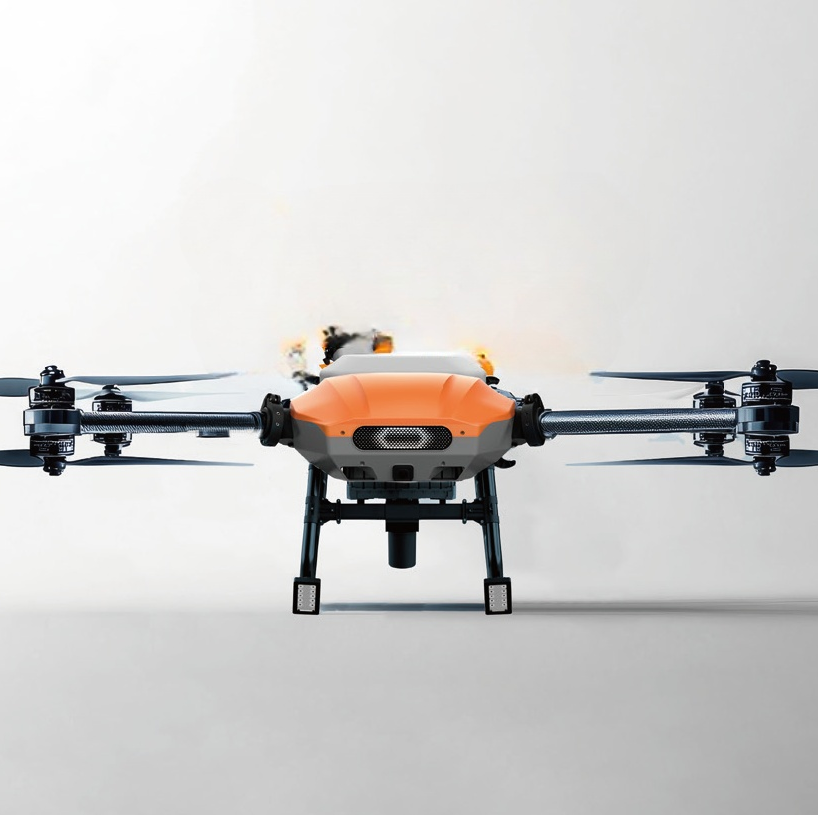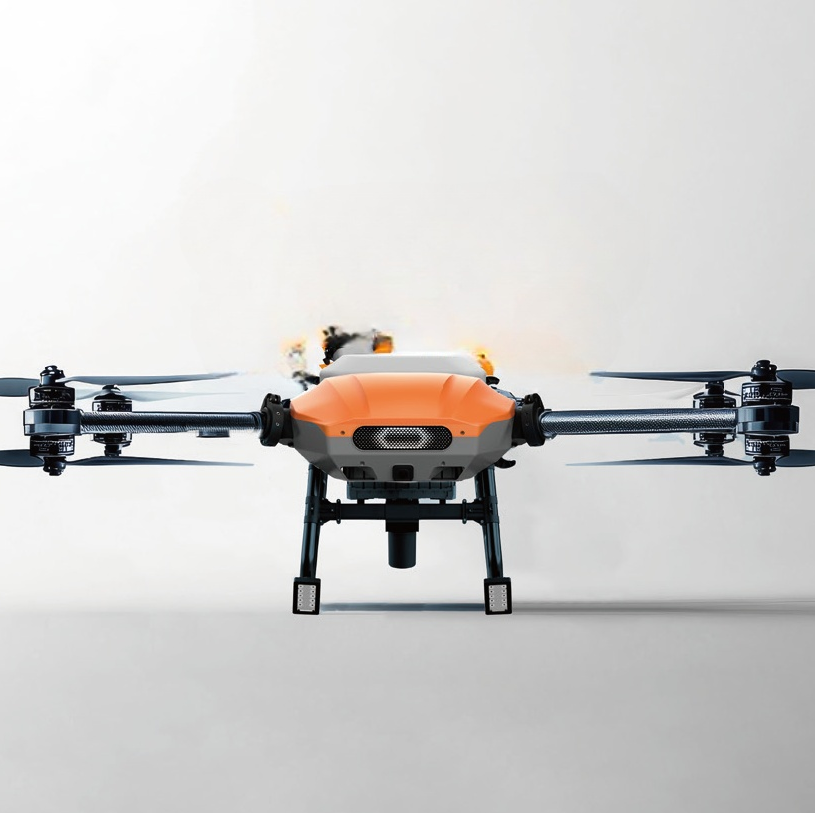Vertical Takeoff and Landing (VTOL)
Many drones are designed to lift off and land vertically, which allows them to operate in confined spaces without the need for a runway.
Remote and Autonomous Control
Drones can be piloted remotely via controllers or programmed to fly autonomously using pre-set flight paths and onboard navigation systems.
Advanced Sensors
Equipped with GPS, accelerometers, gyroscopes, and magnetometers, drones maintain stable flight, navigate accurately, and can even avoid obstacles in real time.
Get your first Drones for
life and business Today!
Drones are transforming our world—from revolutionizing agriculture and logistics to enhancing emergency responses and powering breathtaking art. This is your moment to take flight into a future defined by innovation and sustainable progress. Whether you’re a tech pioneer, a dedicated drone enthusiast, or an advocate for smart policies, your voice is crucial.
Step Up, Get Involved, and Make an Impact
It’s time to harness the power of drones to build a safer, smarter, and more connected future. Take flight today—be a part of the movement!
High-Quality Imaging
Most drones come with high-resolution cameras—including options for thermal and multispectral imaging—enabling them to capture detailed aerial footage and photographs.
Real-Time Data Transmission
With built-in communication systems, drones can transmit live video feeds and telemetry data to ground stations, essential for applications like surveillance, search and rescue, and emergency medical services.
Payload Versatility
They can carry various payloads—from cameras and sensors to medical supplies and even small packages—making them suitable for diverse applications in industries like agriculture, logistics, and public safety.
Energy Efficiency and Portability
Designed to be lightweight yet robust, drones often feature efficient power management and battery systems that enable extended flight times and easy transport.
Drones are incredibly versatile devices that combine cutting-edge technology with remarkable engineering to perform a wide range of tasks.
Swarm & Coordinated Flight Capabilities:
Certain drones are designed to operate in swarms, where multiple units can communicate and coordinate their actions. This is ideal for large-scale mapping, search and rescue operations, or synchronized light shows.
Real-Time Mapping & 3D Modeling:
Many drones now provide real-time geospatial data and generate high-resolution 3D models of terrain or structures. These features are invaluable for industries like agriculture, construction, and urban planning.
Intelligent Flight Modes & AI Integration:
With onboard artificial intelligence, drones can perform complex tasks such as facial or object recognition, automated tracking, and predictive flight path planning. Intelligent flight modes (like follow-me, orbit, or waypoints) simplify
operation and enhance user experience.
Robust Data Processing & Onboard Analytics:
High-end drones often include powerful processors that analyze data in real time. This allows for immediate decision-making during critical operations and can support applications like live surveillance or instant mapping.
Enhanced Connectivity & IoT Integration:
Modern drones can seamlessly connect to IoT networks and cloud platforms. They often support APIs that allow integration with third-party software, enabling automated data sharing, remote control, and fleet management.
Weather Resistance & Durable Construction:
Designed to perform in diverse conditions, many drones are built with rugged, weather-resistant materials. Features like waterproofing, wind resistance, and temperature control ensure reliable operation in challenging environments.
Secure Communication & Data Encryption:
With increased cybersecurity concerns, many drones now offer encrypted data transmission and secure communication protocols, ensuring that sensitive information remains protected from interception.
Integration with AI
Many modern drones are equipped with artificial intelligence that enhances flight autonomy, enables advanced object tracking, and assists in complex data processing tasks.
Modular Design & Customizability
Modern drones often feature a modular build that allows users to swap out components like cameras, sensors, or battery packs. This flexibility means drones can be easily upgraded or customized for specific applications.
Advanced Obstacle Avoidance & Sensor Fusion
Cutting-edge drones integrate multiple sensors (such as LiDAR, ultrasonic, and infrared) to form a comprehensive view of their surroundings. This sensor fusion enables highly accurate obstacle detection, safe autonomous navigation, and collision avoidance even in complex environments.
Extended Flight Time & Energy Efficiency
Innovations in battery technology and power management systems extend flight times significantly. Some drones now offer smart power-saving modes and energy regeneration features, which allow longer missions with minimal downtime.
Call us now on
+86 133820 24600
Drones are versatile, advanced aerial systems with a wide range of applications that continue to evolve.

